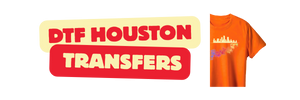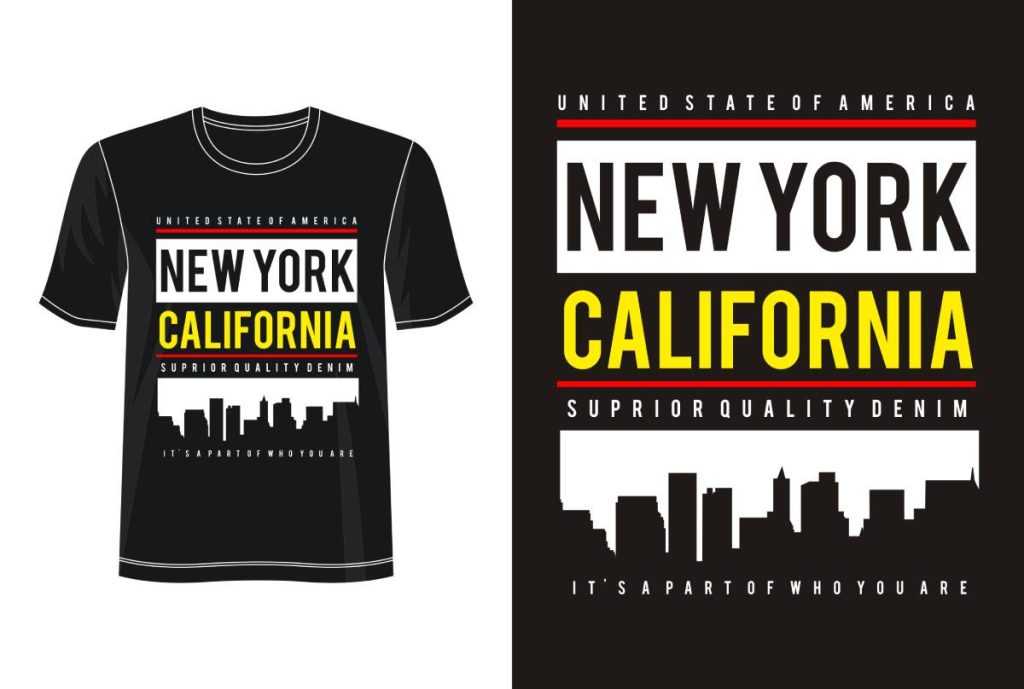California DTF is reshaping how brands approach garment customization, delivering faster turnaround times and broader substrate options across fabrics and finishes. Industry chatter around California DTF trends highlights how the direct-to-film market is shifting toward on-demand production, flexible inventory, and regional drops. DTF printing trends are delivering high-resolution imagery with a soft hand, enabling apparel printing California brands to maintain a premium feel across tees, hoodies, and accessories. Retailers see opportunities in lower minimums, regional campaigns, and fast fulfillment workflows that shorten time-to-market and reduce risk. Understanding these dynamics helps brands plan launches that balance profit margins, design freedom, and retailer predictions 2025 for a confident, customer-centric approach.
Viewed through an LSI lens, the topic centers on a film-transfer printing workflow rather than a single brand name. This approach leverages on-demand textile printing and scalable micro-fulfillment to shorten lead times and tailor designs regionally. You might hear terms like direct-to-film transfer, digital textile printing, or fabric-on-film processing, all describing similar capabilities in modern apparel production. In short, these related terms reflect a shared goal: efficient customization at scale that helps retailers drive differentiation and margins.
California DTF: Trends, Technology, and Retail Impact
The California DTF trends are shaping the landscape, driven by advanced inks, carrier films, and white-ink performance that deliver high-resolution imagery with a soft hand for apparel printing California.
For retailers, embracing California DTF means tapping the direct-to-film market to shorten lead times, lower minimums, and offer on-demand drops that keep catalogs fresh without heavy upfront investment.
DTF Printing Trends Driving California Markets
DTF printing trends are reshaping California markets by boosting color fidelity and print quality for darker fabrics, with new pigments and coatings that reduce color washouts.
Automation and workflow efficiency are central to scaling in California, as retailers deploy DAM systems, automated rip-and-print, and smart heat-press scheduling to meet rising demand while keeping a premium feel.
Direct-to-Film Market Dynamics for California Retailers
Direct-to-film market dynamics are shaping supplier choices in California, with price competition benefiting retailers but raising the bar for consistency, color fidelity, and wash durability.
A robust supply chain for carrier films, adhesive formulations, and cured inks matters; California retailers should partner with trusted upstream suppliers and demand transparency around ink chemistry and environmental impact.
Retailer Predictions 2025 for California Stores
Retailer predictions 2025 for California stores highlight increased on-demand customization, online-to-offline experiences, and collaborations with local studios to shorten fulfillment cycles.
Retailers can capitalize with testing and validation plans, standardized color profiles, regional drops, and sustainable packaging that resonates with California’s environmentally conscious consumer base.
Apparel Printing California: Opportunities in a Green, Fast-Fashion Era
Apparel printing California benefits from DTF-powered on-demand capacity, enabling vibrant, durable prints across fabrics and fast-fashion drops that meet local demand.
Strategic moves include omnichannel design tools, micro-factories, and community-focused campaigns that showcase local production and reduce inventory risk while boosting margins.
Frequently Asked Questions
What is California DTF and why is it central to current DTF printing trends in the state?
California DTF refers to the adoption of direct-to-film printing in California. It shapes DTF printing trends by enabling on-demand production, faster turnaround, and highly customizable apparel and goods, aligning with the direct-to-film market and retailer interests in California.
How is the direct-to-film market influencing retailer predictions 2025 for California stores?
In California, the direct-to-film market is driving on-demand customization, micro-fulfillment, and regional drops. These dynamics underpin retailer predictions 2025, with emphasis on faster launches, local partnerships, and sustainable packaging across California DTF trends.
What should apparel printing California brands consider when adopting California DTF technology?
Brands should assess fabric compatibility, ink and film options, white-ink performance on dark fabrics, color management, and wash durability. These factors determine success in apparel printing California and are consistent with California DTF trends.
What role do color management and workflow automation play in California DTF trends?
Standardized color profiles and automated RIP/print workflows improve color fidelity and production efficiency, key drivers of California DTF trends as retailers scale on-demand inventories and regional campaigns.
Where should California retailers source reliable DTF suppliers for the 2025 market?
Seek suppliers with clear ink chemistry and environmental data, stable batch-to-batch quality, strong white-ink opacity, and dependable heat-transfer results. Align these with the direct-to-film market requirements to support retailer predictions 2025 in California.
| Key Point | Summary |
|---|---|
| Definition of DTF | Direct-to-film prints are created on a carrier film and heat-transferred onto fabric; the method is versatile across cotton, polyester, blends, and some hard goods, offering faster setup, lower minimums, and on-demand personalization. |
| Retailer benefits | DTF enables faster turnaround, lower MOQs, and the ability to offer personalized designs on demand, supporting frequent drops and broader catalogs without large upfront inventory. |
| Substrate versatility | Works on a wide range of fabrics and even some hard goods, expanding product opportunities for retailers. |
| Top trend: print quality & feel | Improvements in inks and films yield high-resolution imagery with a soft hand, appealing to premium California fashion. |
| Top trend: color management | Enhanced white-ink performance on dark fabrics and better color fidelity enable designs with minimal washout risk. |
| Top trend: automation & workflow | Automation in digital asset management, rip-and-print workflows, and smart heat-press scheduling supports scalable production. |
| Top trend: sustainability | Lower-emission inks, water-based formulations, and recyclable carrier films align with California’s environmental standards. |
| Top trend: on-demand & micro-fulfillment | Regional campaigns and small-batch production reduce inventory risk and enable rapid testing and local relevance. |
| Market dynamics & supply chain | Supplier options, price competition, color fidelity, and wash performance are crucial; establish trusted upstream partners and demand clear documentation on ink chemistry and batch consistency. |
| Retailer predictions for 2025 | Greater demand for on-demand customization; O2O integrations; collaborations with local studios; sustainability-focused packaging. |
| Practical steps for retailers | Develop a testing/validation plan with a fabric library, standardized color profiles, limited drops, sustainable packaging, staff training, and a data-driven iteration loop. |
Summary
California DTF is more than a printing method; it’s a strategic lever for retailers aiming to innovate, personalize, and scale in a crowded market. By embracing the latest DTF trends, understanding direct-to-film market dynamics, and monitoring 2025 retailer predictions, California retailers can deliver compelling products with shorter lead times and better margins. This approach blends technology with design, sustainability, and omnichannel strategies to meet evolving consumer expectations. Those who harness California DTF and the broader DTF printing trends will be well positioned to seize opportunities and sustain growth through data-driven decisions.

